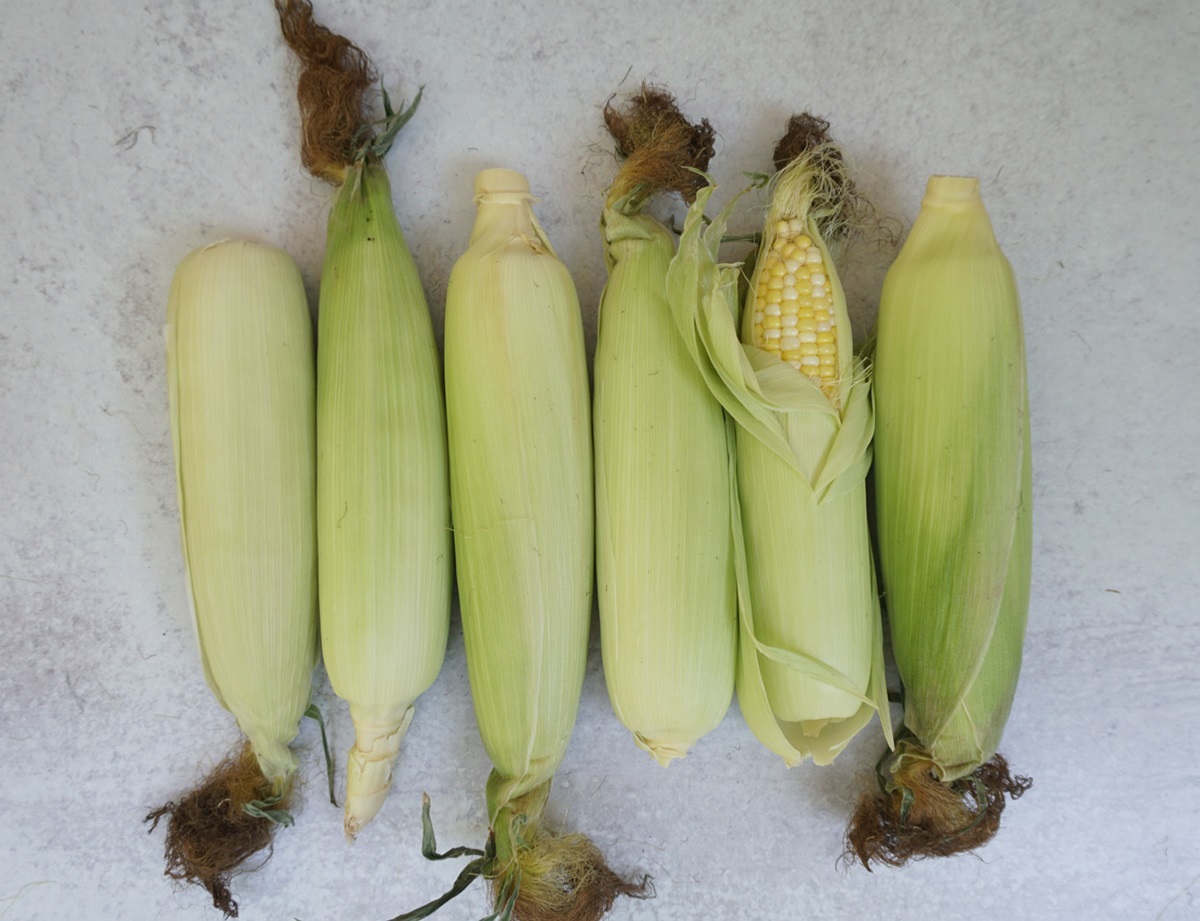

Articles
How To Store Corn In The Husk
Modified: December 7, 2023
Discover the best techniques for storing corn in the husk with our informative articles. Preserve the freshness and flavor of your corn harvest for longer periods.
(Many of the links in this article redirect to a specific reviewed product. Your purchase of these products through affiliate links helps to generate commission for Storables.com, at no extra cost. Learn more)
Introduction
Welcome to our comprehensive guide on how to store corn in the husk. Corn is a versatile and delicious vegetable that is enjoyed by people all around the world. Whether you grow your own corn or buy it from the market, properly storing corn is essential to retaining its freshness and flavor. Storing corn in the husk is a popular method that helps to maintain its natural moisture and prevent premature spoilage.
In this article, we will explore the benefits of storing corn in the husk, the process of preparing corn for storage, choosing the right corn for long-term storage, the actual storage process, and tips for monitoring and maintaining corn quality. By following these guidelines, you can prolong the shelf life of your corn and enjoy its sweet and savory taste even during offseasons.
So, let’s dive into the wonderful world of corn storage and discover how to keep this nutritious and delectable vegetable fresh for longer periods of time.
Key Takeaways:
- Storing corn in the husk helps retain moisture, preserves flavor, reduces spoilage, and is a simple, cost-effective method. It’s a convenient way to enjoy fresh and delicious corn throughout the year.
- Properly monitoring and maintaining the quality of stored corn is essential to ensure it stays fresh and flavorful. Handle with care, keep away from heat and moisture, and consider freezing for longer-term storage.
Read more: How To Store Corn On The Cob With Husk
Benefits of Storing Corn in the Husk
Storing corn in the husk offers several advantages over other storage methods. The husk acts as a protective layer, shielding the corn kernels from excess moisture and preventing them from drying out. Here are some key benefits of storing corn in the husk:
- Retains moisture: The husk helps to retain the natural moisture within the corn, keeping it juicy and tender.
- Preserves flavor: Storing corn in the husk helps to preserve its sweet and savory flavor, ensuring that it tastes just as fresh when you’re ready to enjoy it.
- Reduces spoilage: The husk acts as a protective barrier, preventing the corn from being exposed to external elements that can lead to premature spoilage.
- Simple and cost-effective: Storing corn in the husk requires minimal effort and can be done without any specialized equipment, making it a convenient and cost-effective storage method.
Now that we understand the benefits of storing corn in the husk, let’s move on to the process of preparing corn for storage.
Key Takeaways:
- Storing corn in the husk helps retain moisture, preserves flavor, reduces spoilage, and is a simple, cost-effective method. It’s a convenient way to enjoy fresh and delicious corn throughout the year.
- Properly monitoring and maintaining the quality of stored corn is essential to ensure it stays fresh and flavorful. Handle with care, keep away from heat and moisture, and consider freezing for longer-term storage.
Read more: How To Store Corn On The Cob With Husk
Benefits of Storing Corn in the Husk
Storing corn in the husk offers several advantages over other storage methods. The husk acts as a protective layer, shielding the corn kernels from excess moisture and preventing them from drying out. Here are some key benefits of storing corn in the husk:
- Retains moisture: The husk helps to retain the natural moisture within the corn, keeping it juicy and tender. This is particularly important for maintaining the overall quality and taste of the corn. When corn is exposed to air, it can quickly lose moisture, resulting in a dry and texture-less corn. By keeping the corn in the husk, you create a barrier that slows down the moisture loss, allowing the corn to stay fresh for a longer period of time.
- Preserves flavor: Storing corn in the husk helps to preserve its sweet and savory flavor, ensuring that it tastes just as fresh when you’re ready to enjoy it. The husk acts as a natural protective layer, preventing the corn from absorbing odors and flavors from other food items in your refrigerator or pantry. By keeping the corn intact in its husk, you can preserve the unique taste and aroma of the corn.
- Reduces spoilage: The husk acts as a protective barrier, preventing the corn from being exposed to external elements that can lead to premature spoilage. This includes mold, bacteria, and insects that can quickly destroy the quality of the corn. The husk creates a natural barrier that shields the corn, increasing its shelf life and reducing the chances of spoilage. Additionally, when the corn is stored in the husk, it reduces the risk of the corn drying out or becoming shriveled, ensuring that it stays fresh and appetizing for longer.
- Simple and cost-effective: Storing corn in the husk requires minimal effort and can be done without any specialized equipment, making it a convenient and cost-effective storage method. Simply keep the corn in its husk and place it in a cool and dry location, such as your refrigerator or a cool pantry. This method eliminates the need for vacuum sealing or freezing, saving you time and money. It’s a straightforward way to extend the shelf life of your corn without any complicated procedures.
By considering these benefits, it’s clear that storing corn in the husk is a smart choice. Not only does it help retain moisture and preserve flavor, but it also reduces spoilage and is a simple storage method. Now that we understand the advantages, let’s move on to the process of preparing corn for storage.
Preparing Corn for Storage
Before storing corn in the husk, it’s important to properly prepare it to ensure maximum freshness and longevity. Follow these steps to prepare your corn for storage:
- Harvest at the right time: For optimal storage, it’s crucial to harvest corn at the right stage of maturity. The ideal harvesting time is when the kernels are fully developed and filled out, but still in the milk stage, which means they are soft and juicy. Avoid harvesting corn that is overripe or underripe, as it may not store well.
- Inspect for damage: Before storing, carefully examine each ear of corn for any signs of damage or disease. Remove any corn with mold, rot, or insect infestations, as they can affect the quality of the stored corn and potentially spread to other ears.
- Remove the silk: Gently peel back the husk to expose the silk, which is the fine, thread-like structure covering the kernels. Remove the silk by pulling it from the top downwards. This step helps to prevent moisture buildup and mold growth inside the husk during storage.
- Trim excess husk: While it’s important to keep the husk intact for storage, you can trim any excess husk that extends beyond the tip of the corn. Use a sharp knife to remove the excess husk, ensuring that the majority of the corn is still covered.
- Inspect for pests: Carefully examine the husks and kernels for any signs of pests, such as worms or beetles. If you notice any insects, remove them before storing the corn. This step helps prevent infestation and ensures the corn remains free from pests.
- Keep it cool and dry: When preparing corn for storage, it’s essential to store it in a cool, dry environment. Ideally, store corn in a cool pantry or refrigerator with temperatures between 32°F (0°C) to 40°F (4°C). Avoid storing corn in humid areas or near sources of heat, as this can expedite spoilage.
By following these steps to prepare your corn for storage, you can ensure that it remains fresh and flavorful for a longer period of time. Proper preparation helps to minimize the risk of spoilage, pests, and moisture buildup, preserving the quality of the corn until you’re ready to enjoy it. Now that we’ve prepared the corn, let’s move on to the next section: choosing the right corn for long-term storage.
Choosing the Right Corn
When it comes to storing corn in the husk, selecting the right corn is crucial. By choosing the right corn variety and ensuring its freshness, you can maximize the storage life and enjoy a delicious taste when you’re ready to eat it. Here are some tips for choosing the right corn for long-term storage:
- Choose high-quality corn: Look for corn with bright, vibrant green husks that are tightly wrapped around the ears. The husks should feel slightly damp but not excessively wet. Avoid corn with dry or brown husks, as this may indicate that the corn is past its prime and won’t store well.
- Select mature corn: Opt for corn that is fully mature but not overripe. The kernels should be plump and filled out, and you should be able to feel them through the husk. Avoid corn that has undeveloped or shriveled kernels, as it may not store well or have the best flavor.
- Consider the variety: Certain corn varieties are better suited for long-term storage. Look for varieties known for their good storage qualities, such as “Silver Queen,” “Peaches and Cream,” or “Ambrosia.” These varieties tend to have a good balance of flavor and sturdiness, making them ideal for storing in the husk.
- Farm-fresh is best: If possible, source your corn directly from a local farm or farmers’ market. Freshly harvested corn has a higher chance of staying fresh for longer. The less time that has passed between harvest and storage, the better the corn’s quality and taste will be.
By choosing the right corn and ensuring its freshness, you set yourself up for successful long-term storage. Fresh, high-quality corn will have a better chance of retaining its flavor, texture, and overall freshness during storage. Now that we’ve covered choosing the right corn, let’s move on to the actual storage process.
Store corn in the husk in the refrigerator for up to 3 days. Keep it in the crisper drawer to maintain freshness. Avoid removing the husk until ready to use.
Read more: How To Store Corn On The Cob Without Husk
The Storage Process
Storing corn in the husk is a simple and effective way to maintain its freshness and quality over an extended period. To store corn properly, follow these steps:
- Keep the husks intact: Leave the husks of the corn intact as this acts as a natural protective layer. The husks help to retain moisture and prevent the corn from drying out or becoming shriveled.
- Avoid removing the silk: The silk, which is the fine, thread-like structure covering the kernels, should be left intact. Removing the silk can increase the risk of moisture loss and may affect the overall quality of the corn during storage.
- Store in a cool location: Find a cool and dry location for storing corn in the husk. A refrigerator setting between 32°F (0°C) to 40°F (4°C) is ideal, as it helps to slow down the natural decay process and keeps the corn fresh for a longer time. If you don’t have enough space in the refrigerator, consider storing corn in a cool pantry or basement.
- Avoid exposure to light: Corn should be stored in a dark or low-light environment to minimize the breakdown of its precious nutrients. The exposure to light can cause the corn to lose its vibrant color and affect its overall taste and nutritional value.
- Do not wash before storing: It’s important not to wash the corn before storing it in the husk. Washing can introduce excess moisture, promoting the growth of mold and bacteria. It’s best to wash the corn just before cooking or consuming it.
- Do not store with ethylene-producing fruits: Ethylene is a natural gas produced by some fruits, such as apples and bananas. This gas can accelerate the ripening process of other fruits and vegetables, including corn. To avoid premature ripening and spoilage, keep corn away from ethylene-producing fruits during storage.
By following these storage guidelines, you can ensure that your corn remains fresh, flavorful, and nutritious. Remember to maintain a suitable storage environment, preserve the integrity of the husk, and avoid exposing the corn to excess moisture or light. Now that we know the storage process, let’s move on to the next section: monitoring and maintaining corn quality.
Storing Corn in the Husk
Storing corn in the husk is a simple and effective method to preserve its freshness and flavor. Here is a step-by-step guide on how to store corn in the husk:
- Select freshly harvested corn: Choose fresh corn that has been recently harvested, as it will have the best flavor and quality. If possible, opt for corn that is still in its prime, with bright green husks and plump kernels.
- Leave the husks intact: Keep the husks of the corn intact as a natural protective layer. The husks help to retain moisture and prevent the corn from drying out. Avoid removing the husks until you are ready to use the corn.
- Inspect for damaged husks: Before storing, carefully examine the husks for any signs of damage or mold. Remove any ears of corn with damaged husks, as they may not store well and can affect the overall quality of the stored corn.
- Place in a cool and dry location: Find a suitable storage location for the corn. Ideally, store it in a cool and dry place, such as a refrigerator or a cool pantry with temperatures between 32°F (0°C) to 40°F (4°C). This helps to slow down the natural decay process and keeps the corn fresh for longer.
- Avoid exposure to light: Protect the corn from light exposure, as it can cause the breakdown of nutrients and affect the overall quality of the corn. Store the corn in a dark or low-light environment, such as a drawer in the refrigerator or a covered container in the pantry.
- Monitor for spoilage: Periodically check the stored corn for any signs of spoilage, such as mold or mushy kernels. Remove any spoiled corn to prevent it from affecting the remaining stored corn.
- Use within a week: For the best quality, it is recommended to use the stored corn within a week. While corn can be stored for longer periods, it is best enjoyed when it is fresh and at its peak flavor.
By following these steps, you can effectively store corn in the husk and enjoy its freshness and flavor for an extended period. Remember to keep the husks intact, store in a cool and dry location, and monitor for spoilage. Now that we’ve covered the storage process, let’s move on to the next section: monitoring and maintaining corn quality.
Monitoring and Maintaining Corn Quality
Properly monitoring and maintaining the quality of stored corn is essential to ensure it stays fresh and flavorful. Here are some tips to help you monitor and maintain the quality of your stored corn:
- Regularly check for spoilage: Periodically inspect the stored corn for any signs of spoilage, such as mold, discoloration, or mushy kernels. Remove any spoiled ears immediately to prevent it from affecting the remaining corn.
- Handle with care: When handling the stored corn, do so gently to avoid damaging the husks or kernels. Rough handling can lead to bruising or peeling of the husks, exposing the corn to air and moisture.
- Keep away from heat and moisture: Corn is sensitive to heat and moisture, which can hasten spoilage. Store the corn in a cool and dry location, away from sources of heat and humidity, to maintain its freshness for a longer period.
- Avoid overcrowding: Avoid overcrowding the stored corn, as this can restrict air circulation and increase the chances of mold growth. Make sure there is enough space between each ear of corn to allow for proper ventilation.
- Rotate the corn: If storing multiple ears of corn, rotate them periodically. This ensures that each ear gets equal exposure to the surrounding environment, preventing any uneven spoilage.
- Consider freezing for longer-term storage: If you want to store corn for an extended period, consider freezing it. Blanch the corn by briefly boiling it, then remove the kernels from the cob and store them in airtight containers or freezer bags. Frozen corn can be stored for up to a year without substantial loss of quality.
- Use proper containers: If you choose to store corn in the refrigerator, use perforated bags or place the corn in a vegetable crisper drawer. These containers allow for better airflow, reducing the chances of moisture buildup and extending the shelf life of the corn.
By regularly monitoring the corn and taking steps to maintain its quality, you can enjoy fresh and delicious corn for an extended period. Keep in mind the importance of gentle handling, proper storage conditions, and rotation to ensure the best results. Now that we’ve covered monitoring and maintaining corn quality, let’s move on to some tips for long-term storage.
Tips for Long-Term Storage
If you want to store corn for an extended period, such as during the offseason, here are some tips to help you achieve successful long-term storage:
- Freeze corn for longer shelf life: Freezing is an effective method for long-term storage. Blanch the corn by briefly boiling it, then remove the kernels from the cob. Place the kernels in freezer-safe containers or freezer bags, ensuring they are tightly sealed. Frozen corn can be stored for up to a year without significant loss of quality.
- Consider canning: Canning is another option for long-term storage. You can preserve corn by canning it in jars or cans using a pressure canner or water bath canner. Follow proper canning procedures to ensure safety and optimal storage conditions.
- Utilize a vacuum sealer: If you have a vacuum sealer, you can use it to remove excess air from packages of corn to extend its shelf life. Vacuum-sealed corn can be stored in the freezer or pantry, depending on your preferred storage method.
- Label and date the packages: Whether you freeze, can, or vacuum seal your corn, make sure to label each package with the date of storage. This allows you to keep track of its freshness and prioritize older packages for consumption.
- Store in the dark: When storing corn for the long term, ensure that the storage area is dark or has minimal light exposure. Light can cause nutrient degradation and affect the overall quality of the stored corn.
- Rotate stock: If you have multiple packages of stored corn, rotate your stock regularly. Use the oldest packages first to prevent them from becoming outdated or losing quality over time.
- Keep an eye on storage conditions: Even in long-term storage, regularly check the stored corn for signs of spoilage or deterioration. This includes monitoring for mold, off-putting odors, or any changes in texture or appearance.
- Consider dehydrating: Dehydrating corn can be a space-saving and convenient method for long-term storage. You can dehydrate corn kernels and store them in airtight containers or rehydrate them as needed for various recipes.
By following these tips, you can successfully store corn for an extended period, ensuring its quality and taste are preserved. Whether freezing, canning, vacuum sealing, or dehydrating, choose the method that suits your preferences and available resources. Remember to label packages, monitor storage conditions, and rotate your stock to maintain optimal corn quality. Now that we have explored tips for long-term storage, let’s conclude our guide on storing corn in the husk.
Read more: How To Store Corn
Conclusion
Storing corn in the husk is a fantastic way to maintain its freshness and flavor, allowing you to enjoy this versatile vegetable long after the harvest season. By following the steps outlined in this guide, you can successfully store corn in the husk and extend its shelf life.
We discussed the benefits of storing corn in the husk, including how it retains moisture, preserves flavor, reduces spoilage, and is a simple and cost-effective method. We also covered the importance of choosing the right corn, preparing it for storage, and the actual storage process. Additionally, we provided valuable tips for monitoring and maintaining corn quality and explored options for long-term storage.
Remember to select fresh and high-quality corn, leave the husks intact, store in a cool and dry location, and regularly check for spoilage. By ensuring proper storage conditions and handling, you can enjoy the full flavor and nutritional benefits of corn throughout the year.
Whether you freeze, can, vacuum seal, or dehydrate corn, choose the method that suits your needs and preferences. Label your packages, rotate your stock, and keep an eye on storage conditions to maintain optimal corn quality over time.
Now, armed with the knowledge from this comprehensive guide, you can confidently store corn in the husk and enjoy its delicious taste in your favorite recipes, all year round.
Frequently Asked Questions about How To Store Corn In The Husk
Was this page helpful?
At Storables.com, we guarantee accurate and reliable information. Our content, validated by Expert Board Contributors, is crafted following stringent Editorial Policies. We're committed to providing you with well-researched, expert-backed insights for all your informational needs.
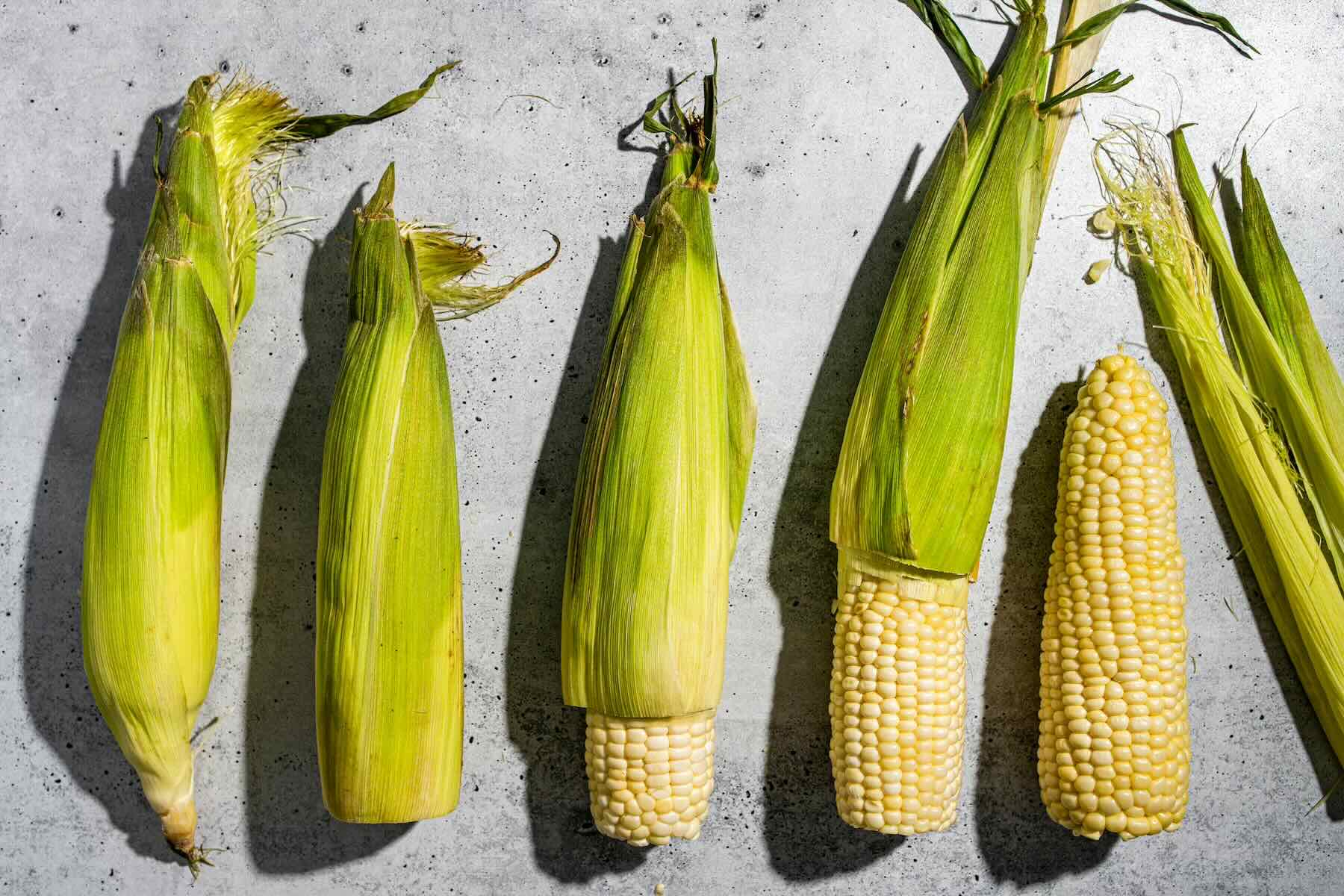
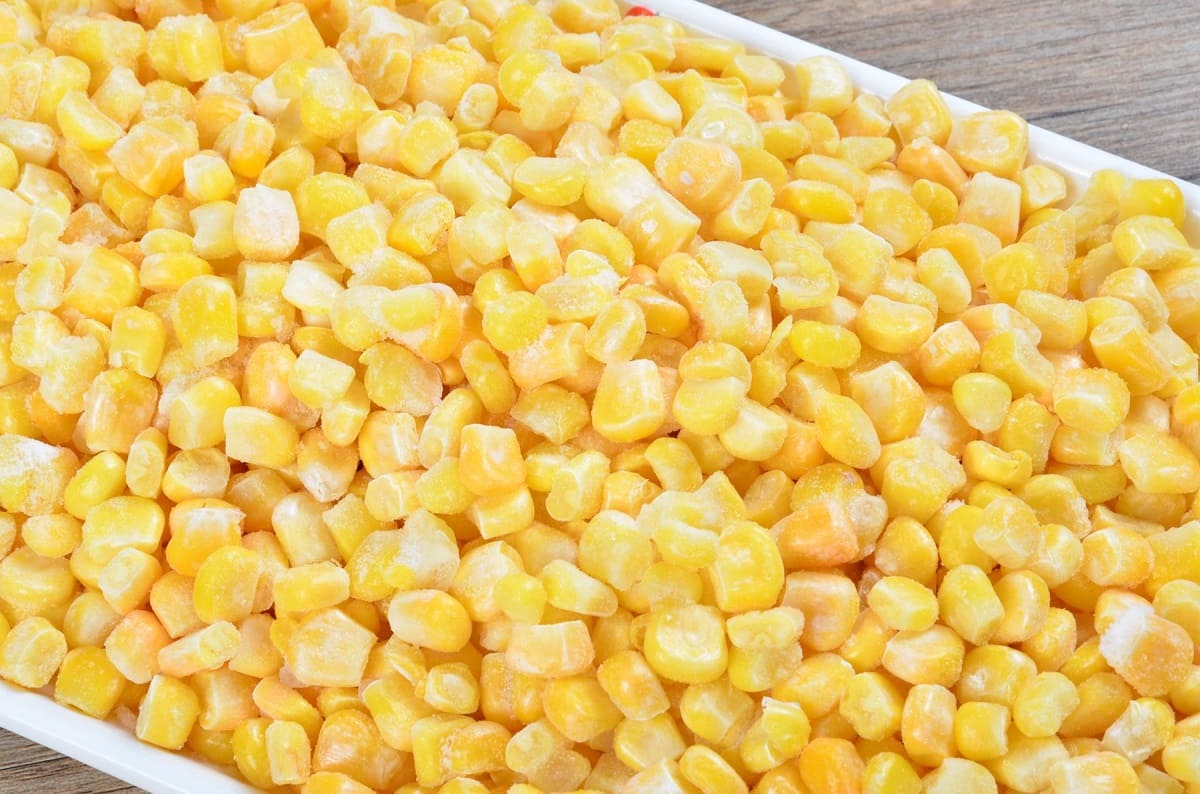
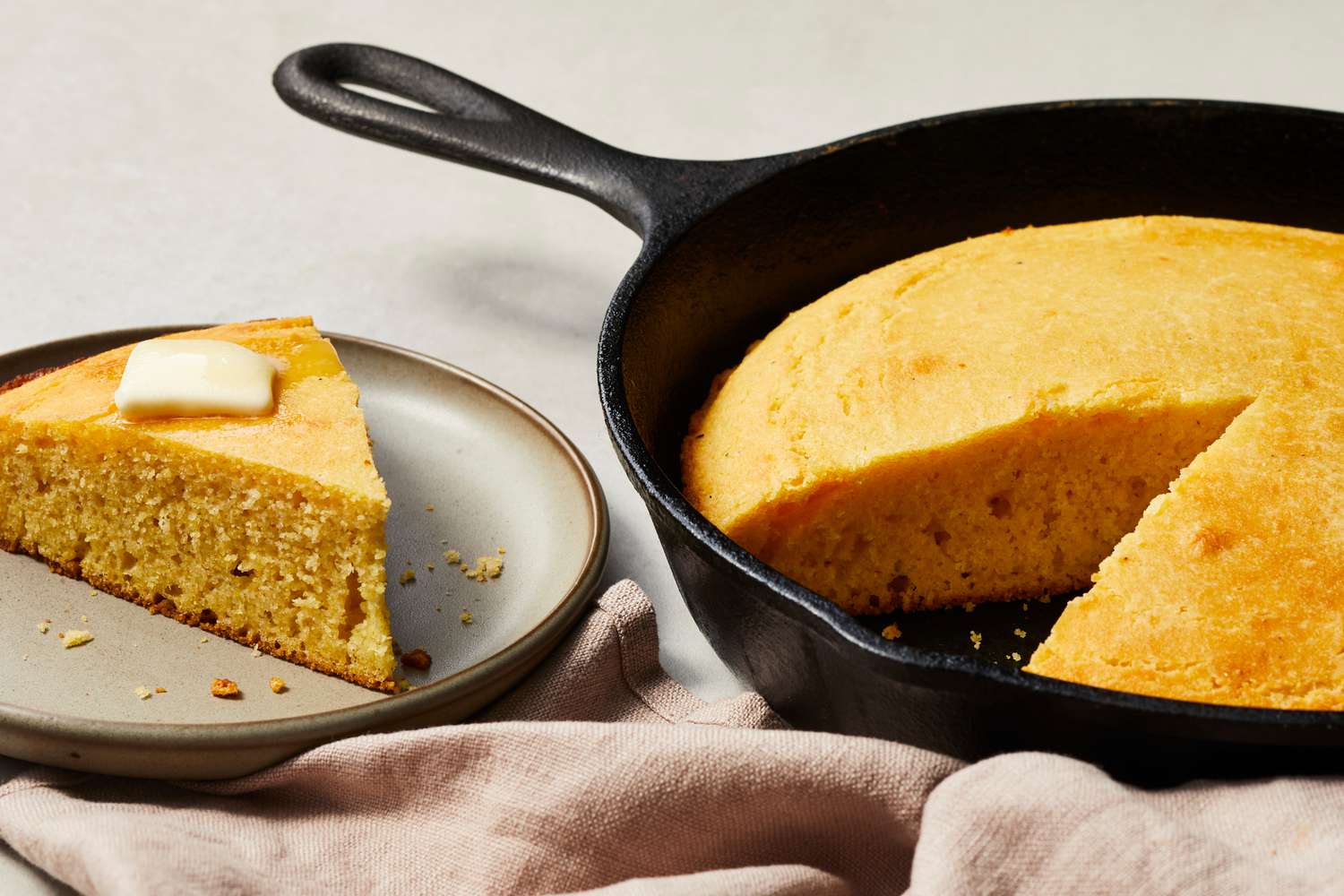
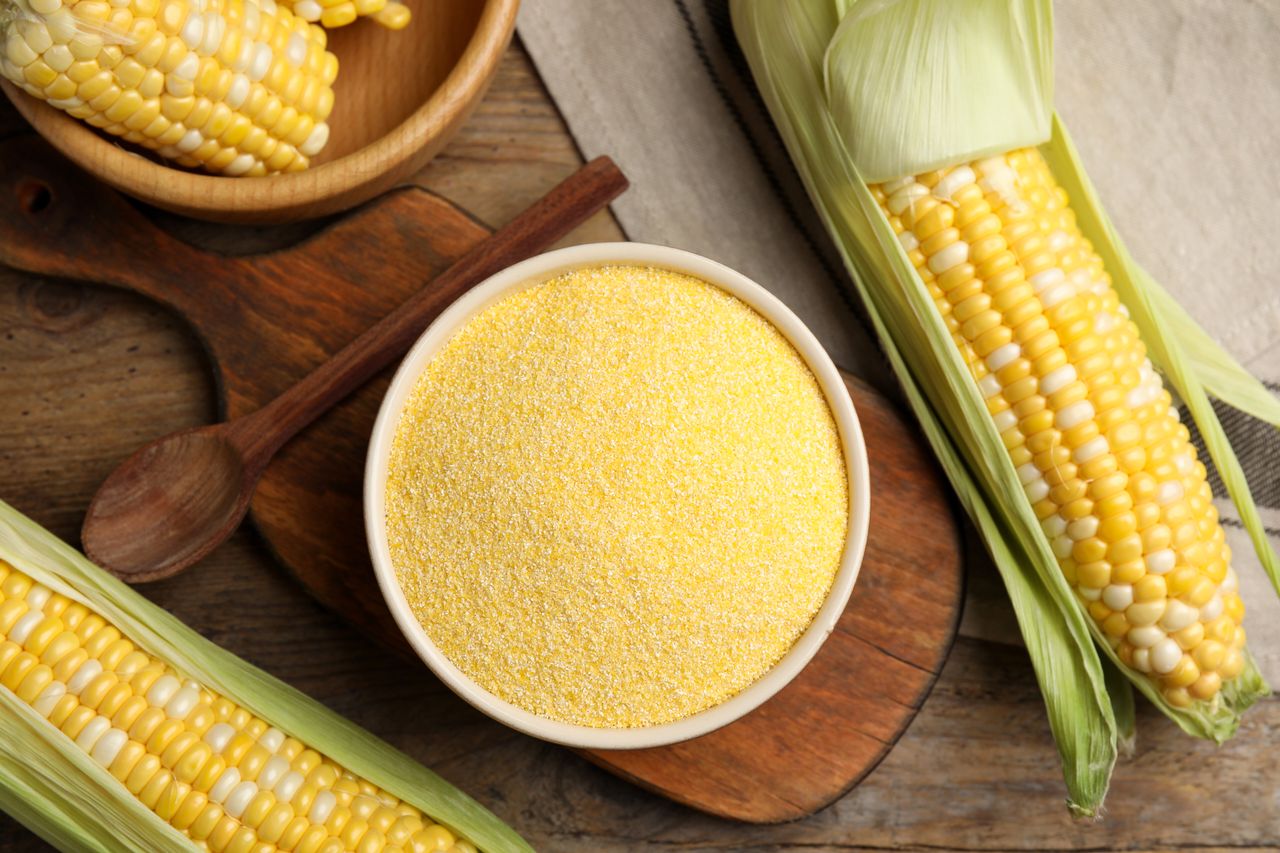

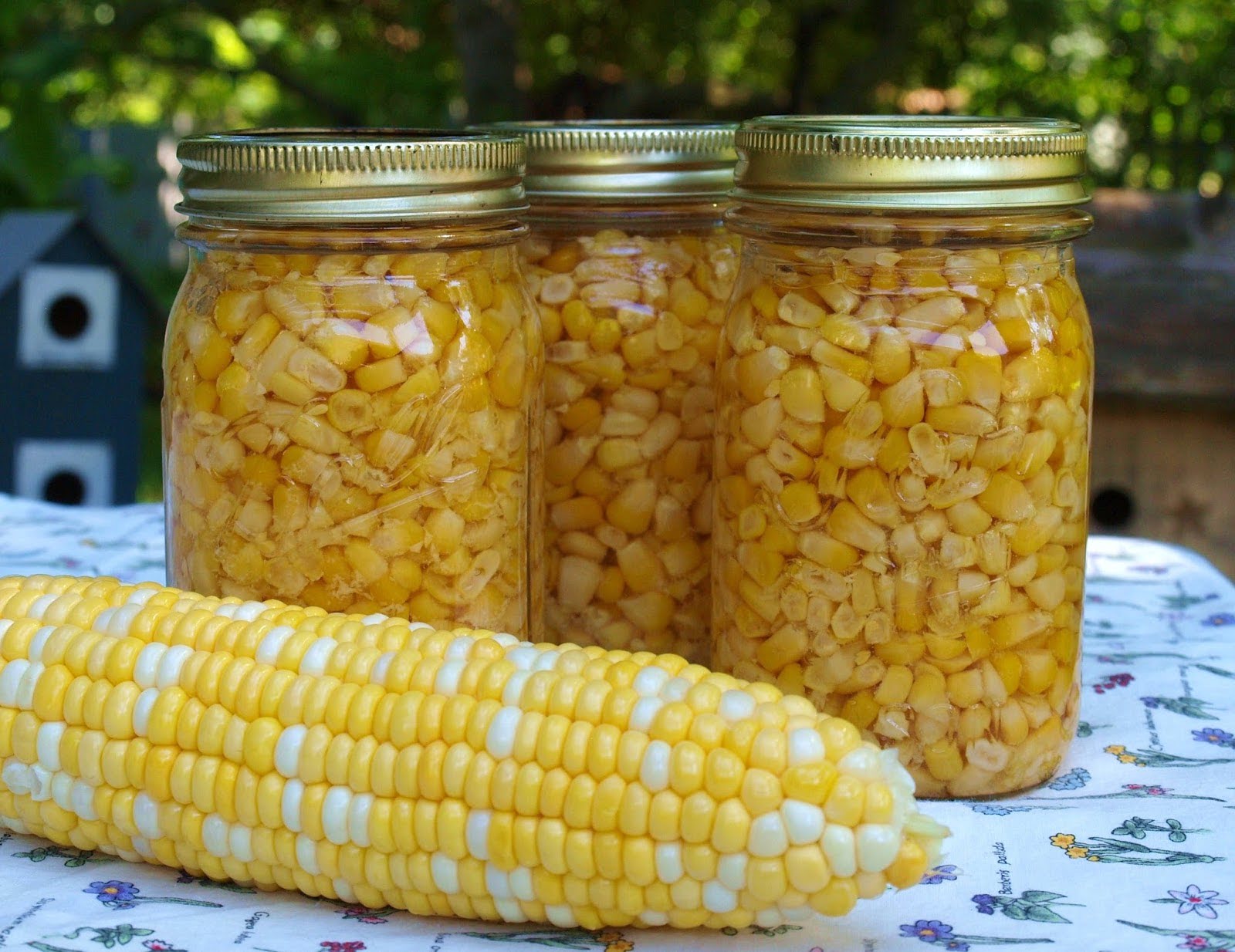
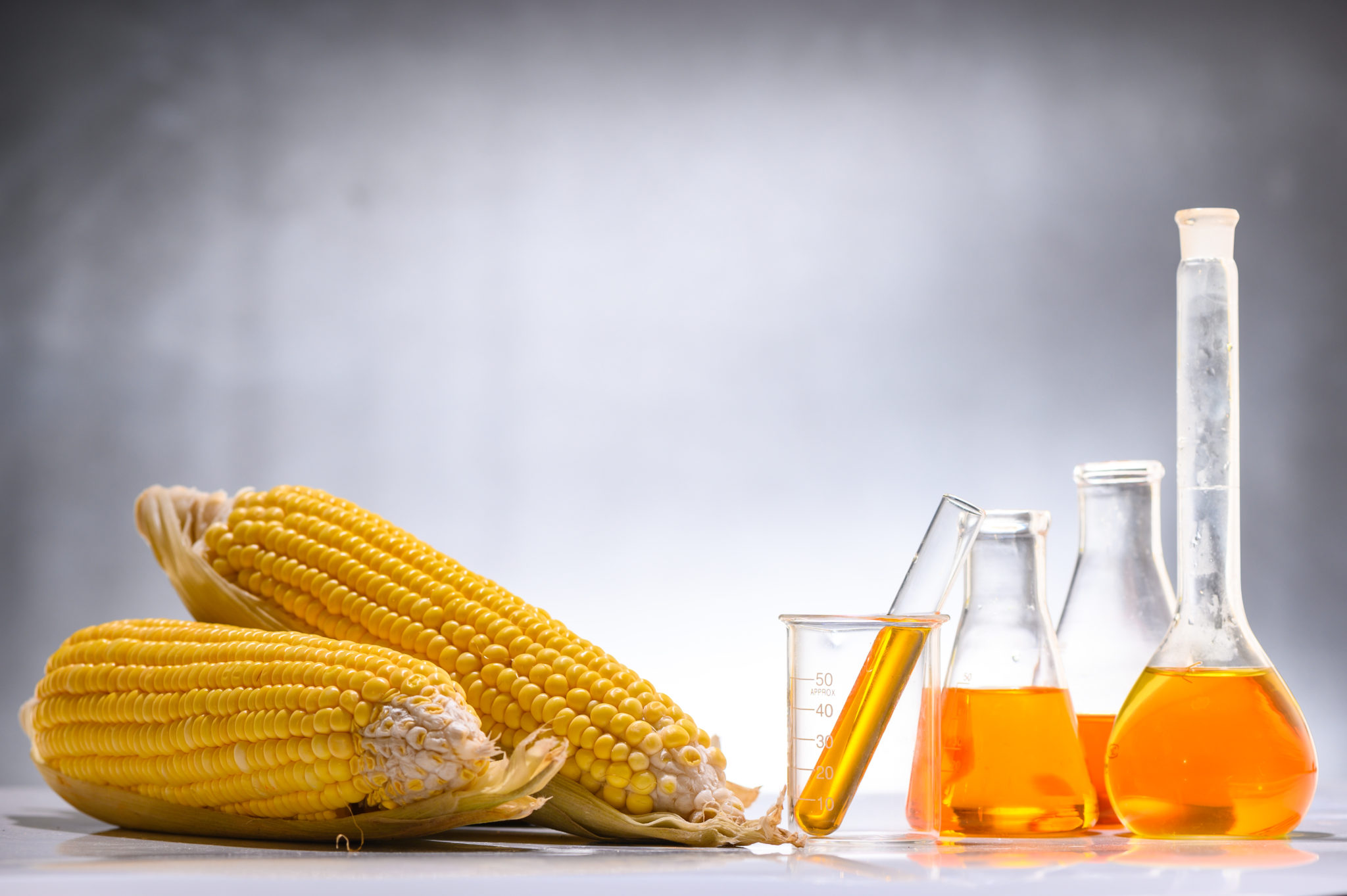
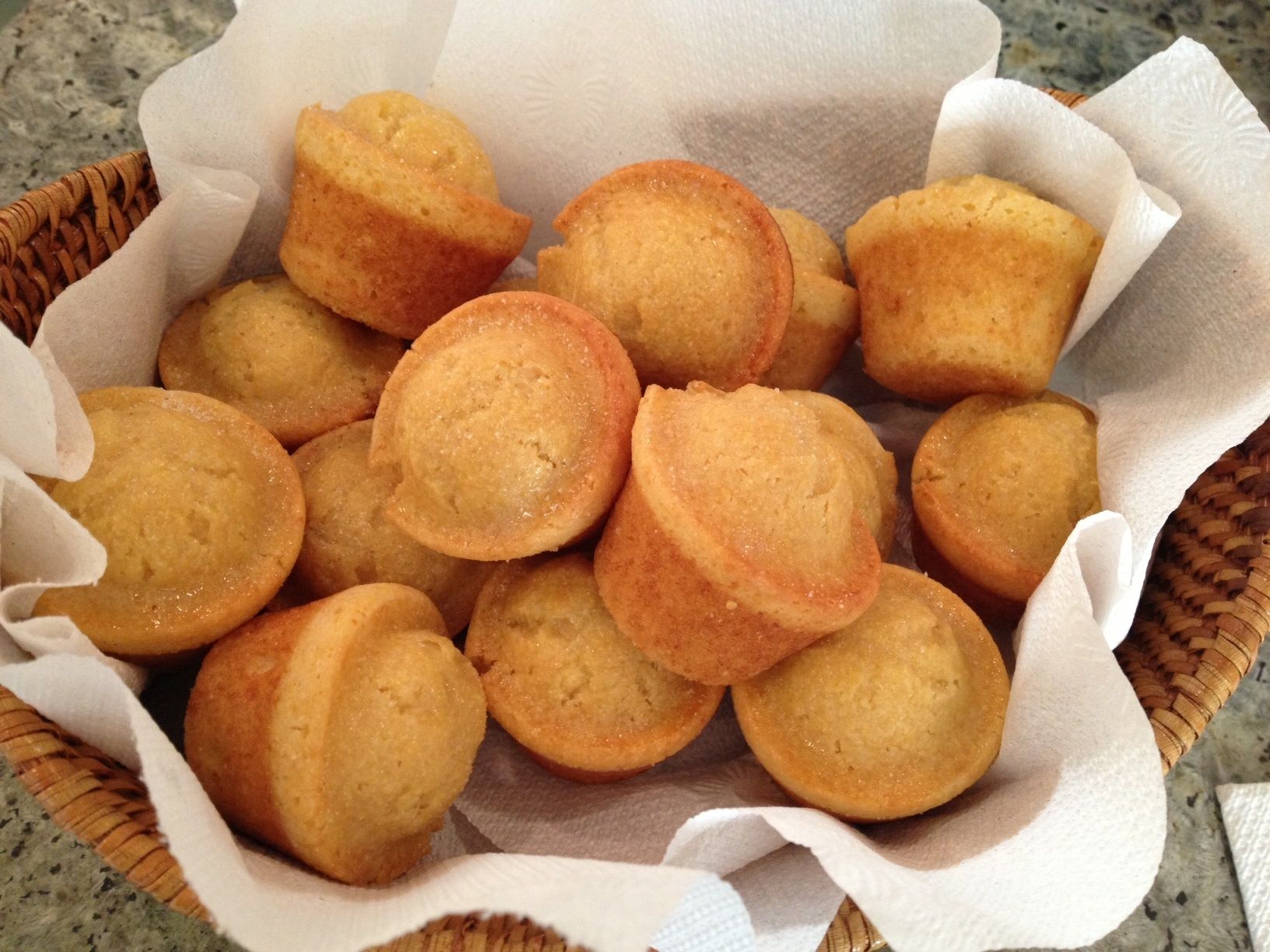
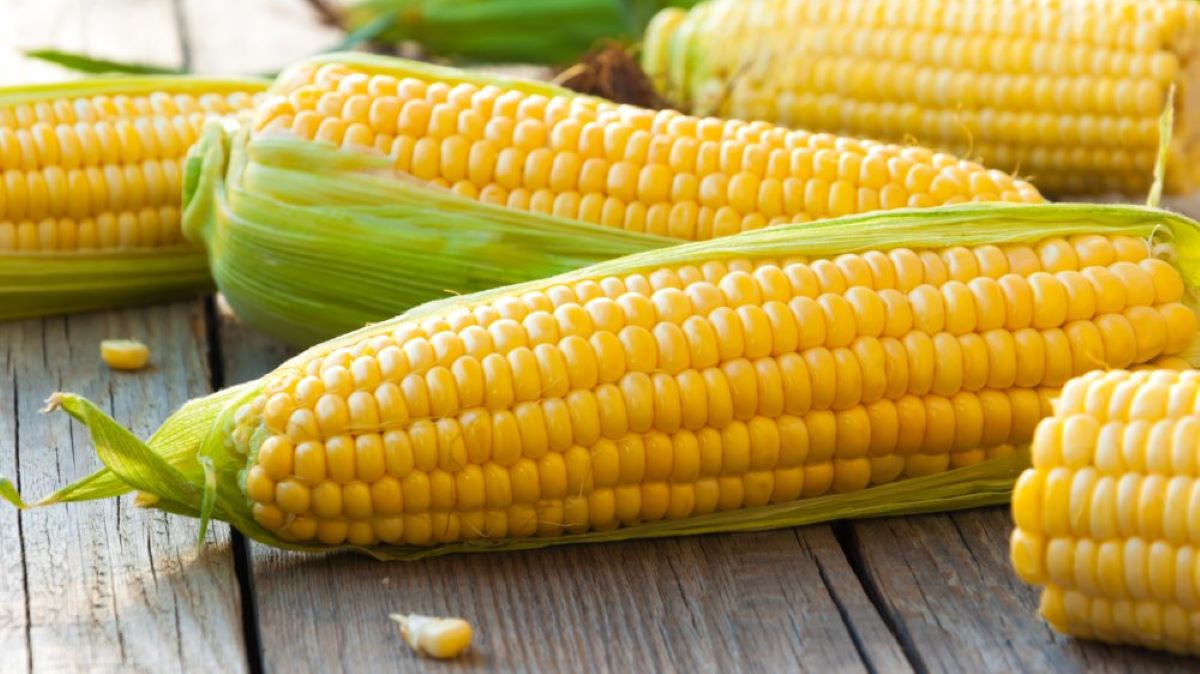
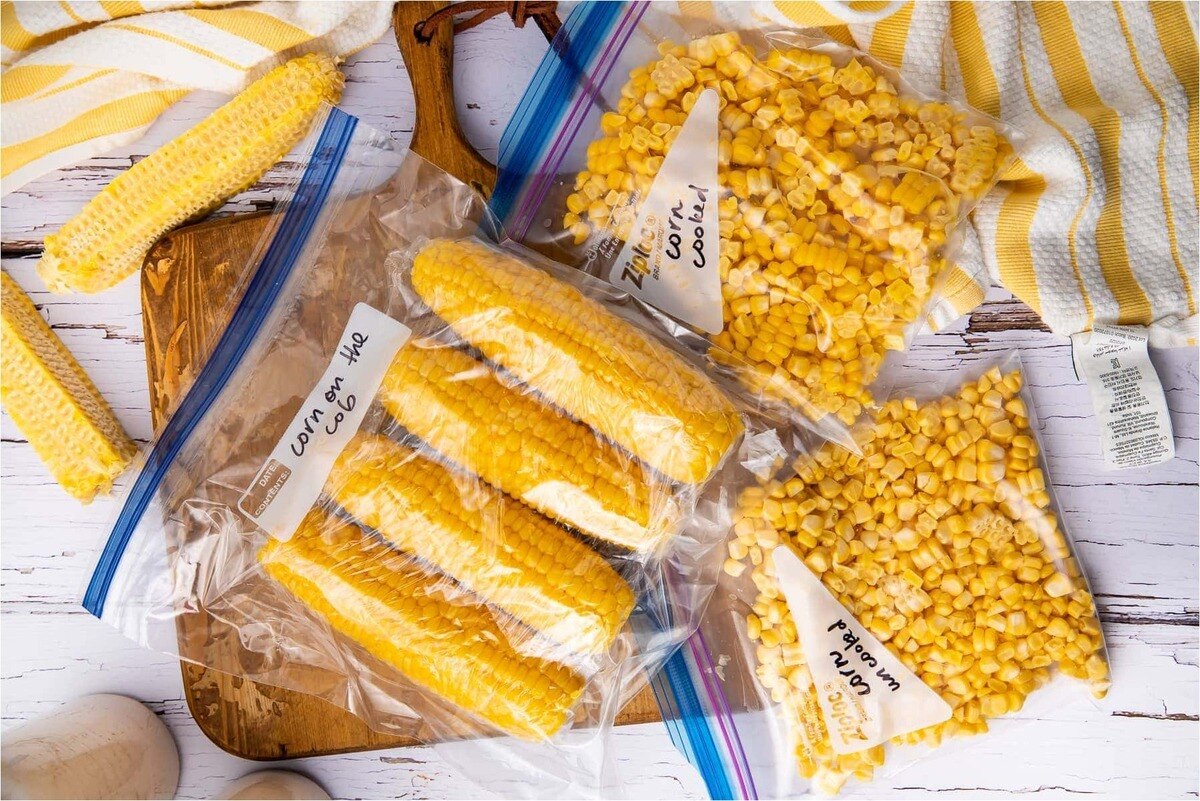
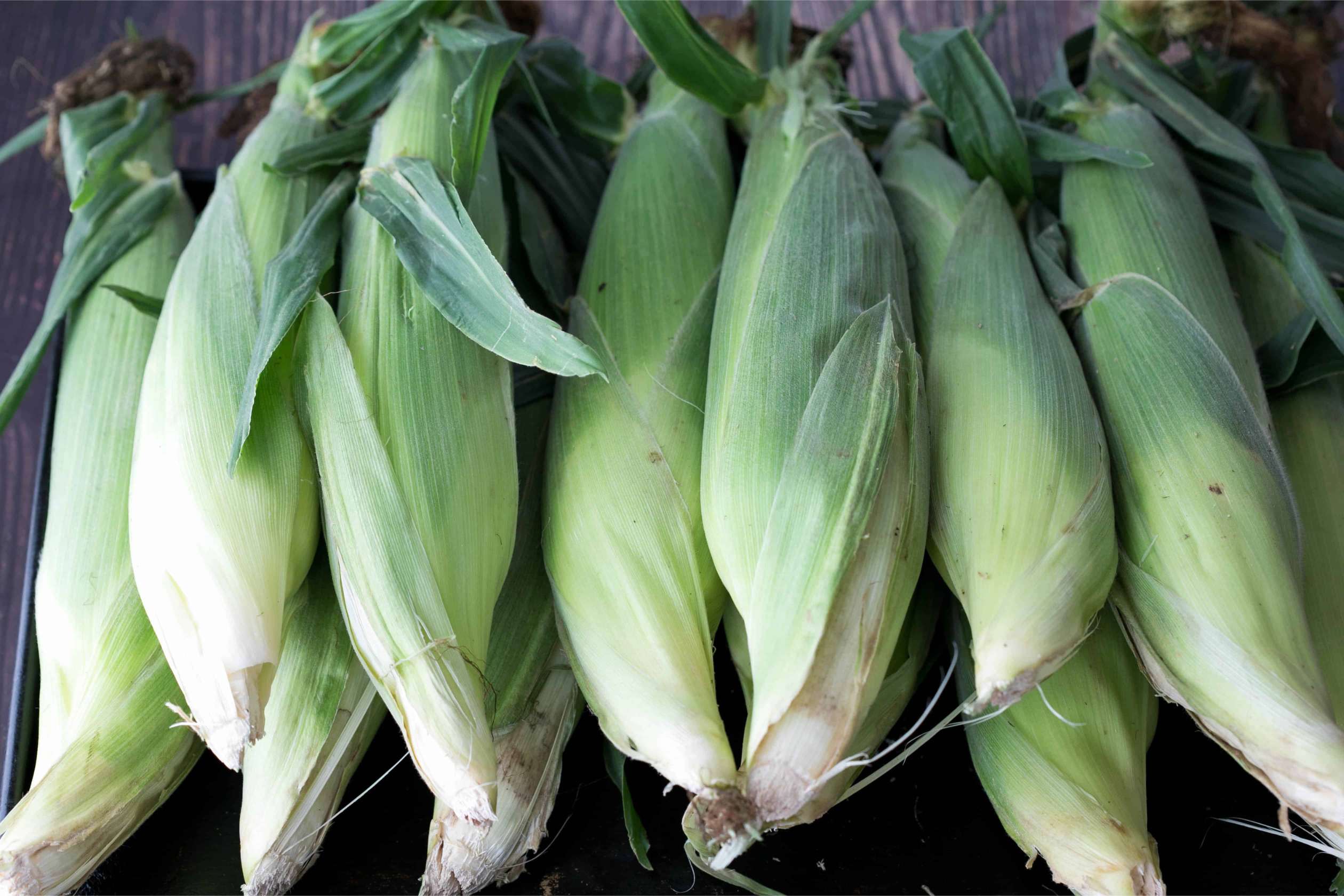
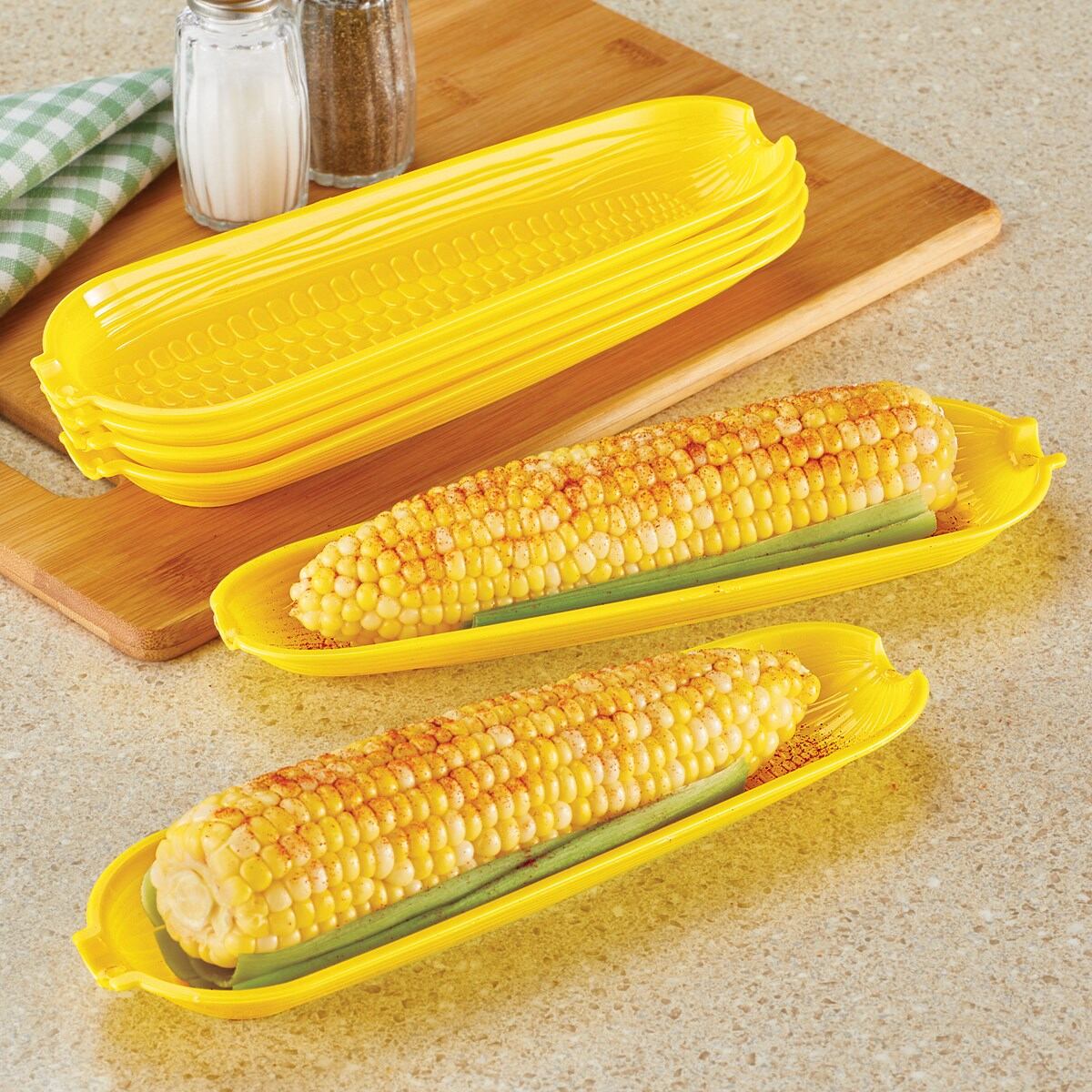
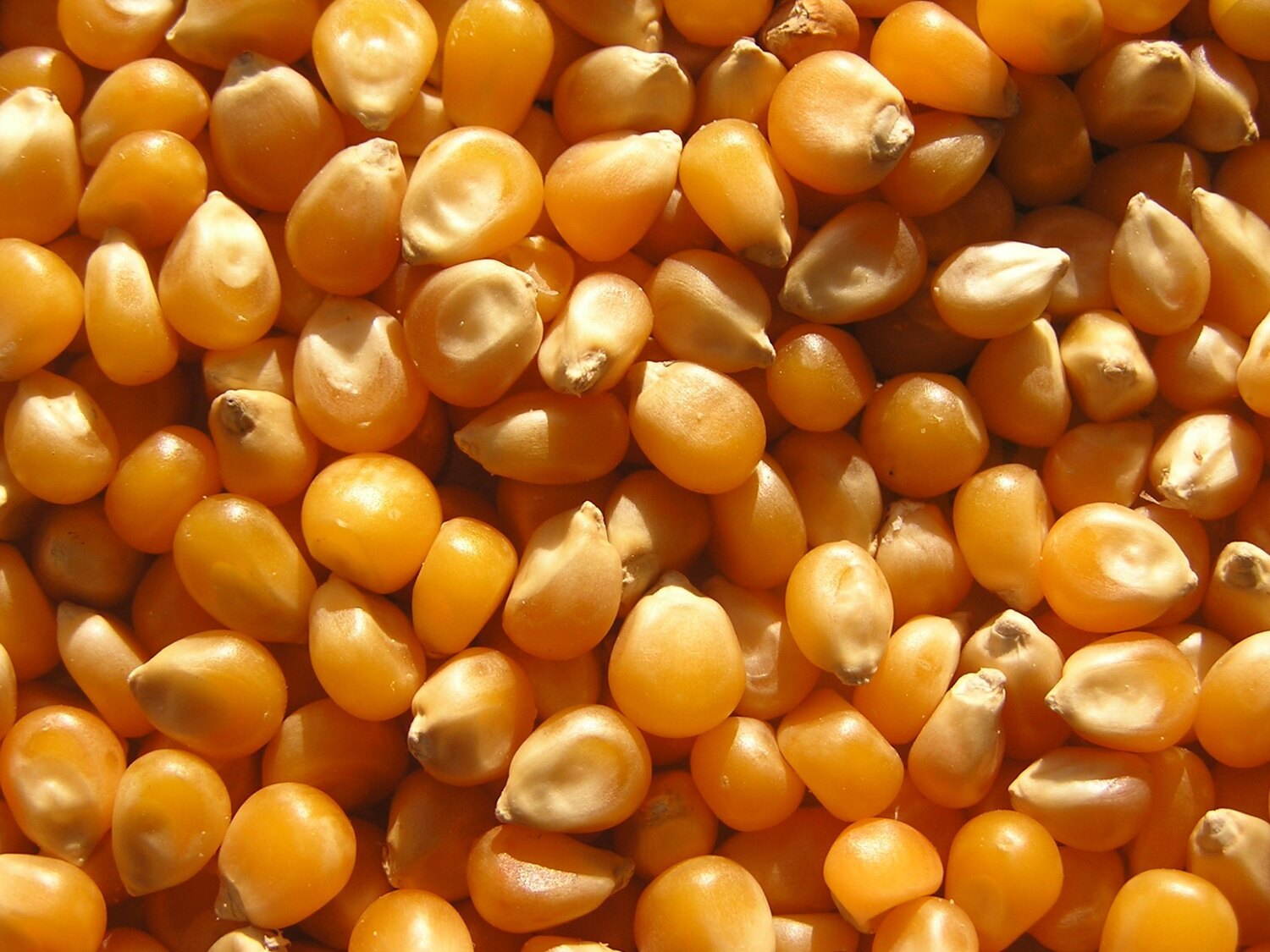

0 thoughts on “How To Store Corn In The Husk”